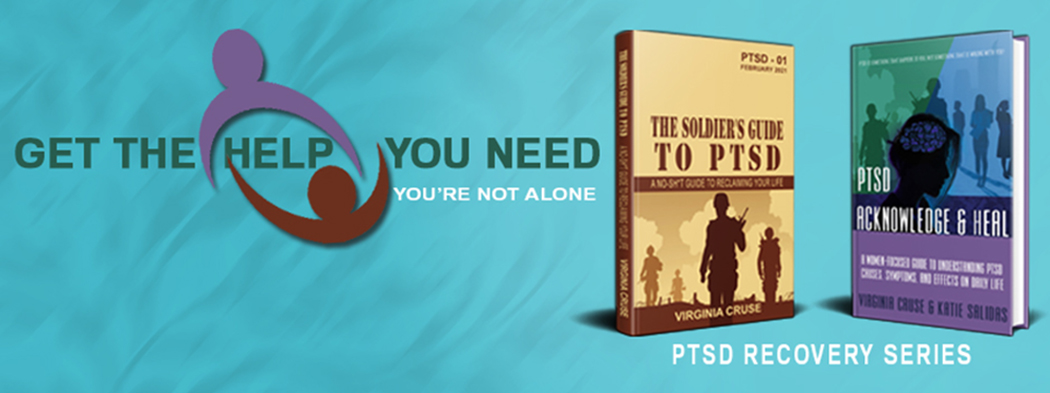Are you caught in a toxic trap of being “the fixer”? This is the person
who swoops in and rescues others – either people or groups or organizations. This is a toxic trap because
nobody wins, especially the fixer themselves.
Now who doesn’t want a fixer in their life — someone
to rescue them from their problems? (I know that I could use one!) But this is written to my fellow fixers out there who
run to the rescue because, “if I don’t do it, who will?”
Being the fixer feels good… until it doesn’t. So let’s talk about it –
because this is a toxic kiss of death in a relationship.
Too often, we don’t realize that we are the
fixer in a relationship because being the fixer feels
good, and we feel like we are making an impact. But being a fixer is the result of warped boundaries.
There is a difference between caring for others and being a fixer. Fixers feel deeply responsible for others' stability, satisfaction, or happiness, and this is true for both individuals and groups. We are quick to jump in and solve problems; this creates a short-term solution, relieves anxiety, and can make us feel like the hero. But this pay-off can be short lived unless we are ready to being the fixer full-time.
A fixer doesn’t just
solve the problem, they become the solution. And this is problematic because we block the natural consequences of action - or inaction.
My favorite version of the serenity prayer goes like this: "God, grant me the serenity to accept the things I cannot change, the courage to change the things I can, and the wisdom to know that is me." When I act as a fixer, I am intervening in a way that is not healthy for the individual or organization I am trying to help and is not healthy for me in the long term, either.
Sometimes we have to allow things to break so that they can be fixed. When we fix a person’s uncomfortable consequences, it keeps them from learning through pain. Moreover, when we become the solution, we rob others of the experience of overcoming life’s
challenges on their own.
A healthy relationship is a two-way street where there’s mutual respect. Fixers create an
unhealthy sense of dependency and that sabotages mutual respect. Of course there are situations where someone we care about experiences a crisis not of their own making, but, even in those situations, being a fixer isn’t ideal. We can support others through the process of recovery without doing the work for them, and this is a healthier balance.
Fixers are not just for individuals; we can also run to the rescue of organizations or systems, whether this is in the workplace, our kid's soccer team, or a family system. When we become the fixer for an organization or system, it is likely to be "rewarded" with more responsibility, work, and (eventually) blame. It's like that expression: "no good deed goes unpunished."
So how can we stop being the fixer?
First, let's step back and assess the situation so that we can see ourselves and the situation clearly. We can ask ourselves how this person or this system got to the point where they need to be rescued - is this part of a larger pattern of behavior or neglect or is this truly unexpected?
Next, let's examine how the person or system can fix their problems with our support and not with us being the actual solution. We must remember that taking ownership of problems we did not create deprives others or the opportunity to learn and grow.
Lastly, we need to look at our own motivation... and this can feel cringy. Are we fixing problems to help our own emotional distress over others' choices? Is our desire to fix motivated by guilt, shame, or embarrassment? Do we want to be the hero or feel that we cannot be valued unless we run to the rescue?
When we empower others rather than fix them, we foster independence and pull ourselves out of the middle. Because the guy in the middle always gets porked.
*****
“If you believe change is possible, you want to change, and you are willing to do the work, you absolutely CAN get your life back.”
Get your copy of The Soldier's Guide to PTSD, The Soldier's Workbook,
or Acknowledge & Heal, A Women's-Focused Guide to PTSD






